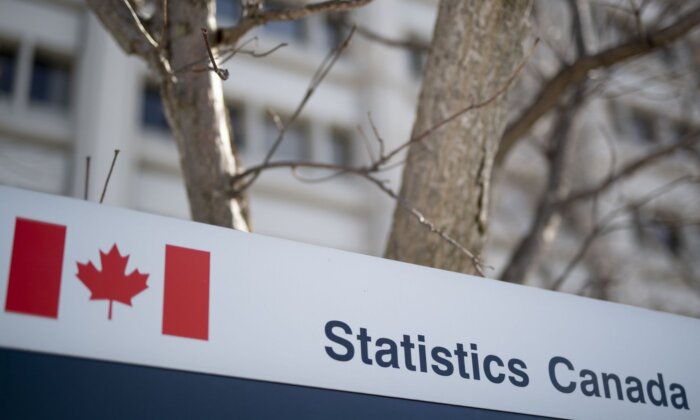According to Statistics Canada, foreign workers are transitioning to permanent residency at higher rates in recent years. A new report from the federal agency shows that between 2016 and 2020, 23 percent of foreign workers became permanent residents two years after obtaining their first work permits, up from about 12 percent between 2011 and 2015. This trend indicates that temporary residency has become a more significant pathway to permanent residency in Canada.
Temporary residents include asylum seekers, individuals with work or study permits, while permanent residents can work and live in Canada indefinitely as long as they maintain their status. The influx of foreign workers and international students in recent years has led to a surge in population growth, exacerbating housing affordability issues.
The Liberal government has faced criticism for this growth, prompting new federal measures to address temporary migration. Immigration Minister Marc Miller announced plans to reduce the share of temporary residents in Canada to five percent of the population over the next three years. As of April 1, there were 2.8 million temporary residents in Canada, accounting for 6.8 percent of the population.
During a meeting with provincial counterparts, Mr. Miller proposed offering permanent residency to curb the number of temporary residents in the country. He emphasized the importance of managing the impact on affordability while also recognizing that not everyone is entitled to stay in Canada.




